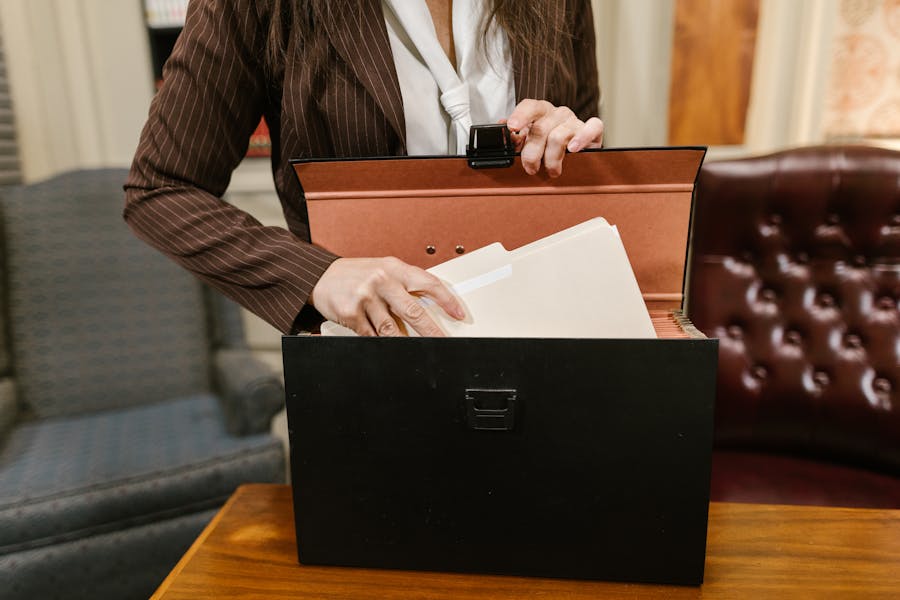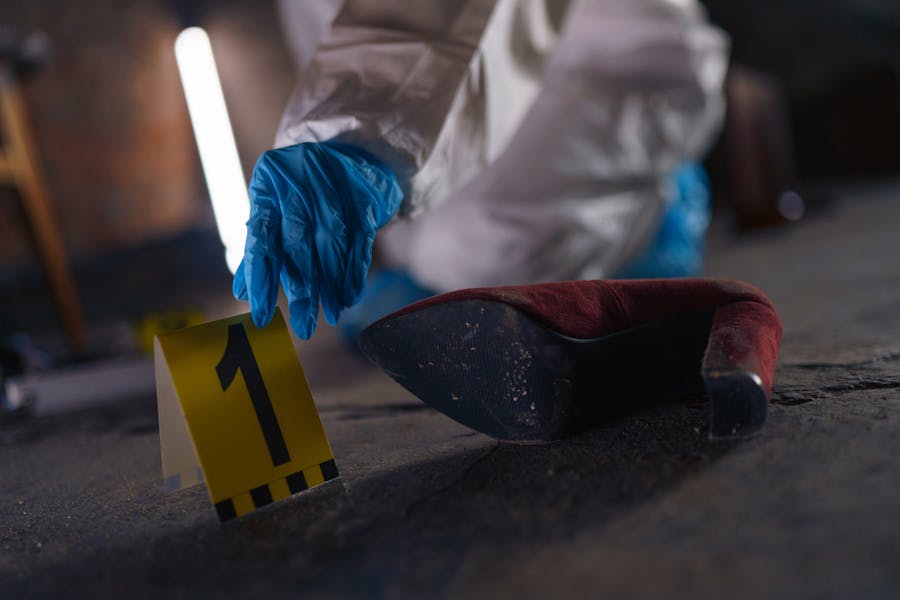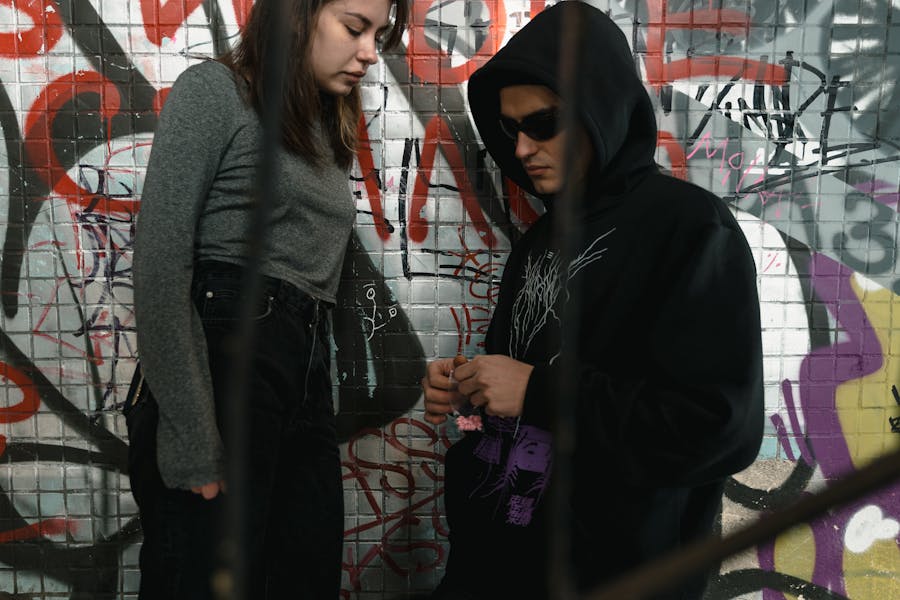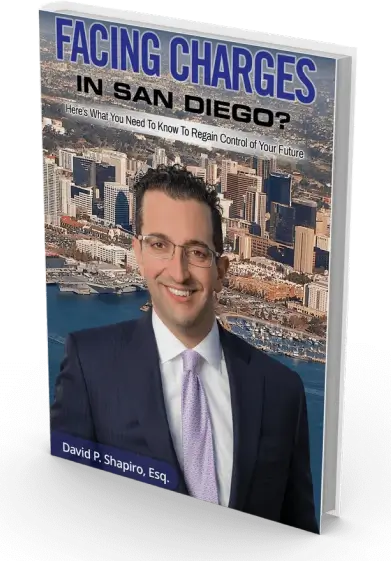Is Video Evidence Enough to Convict in a Murder Case?
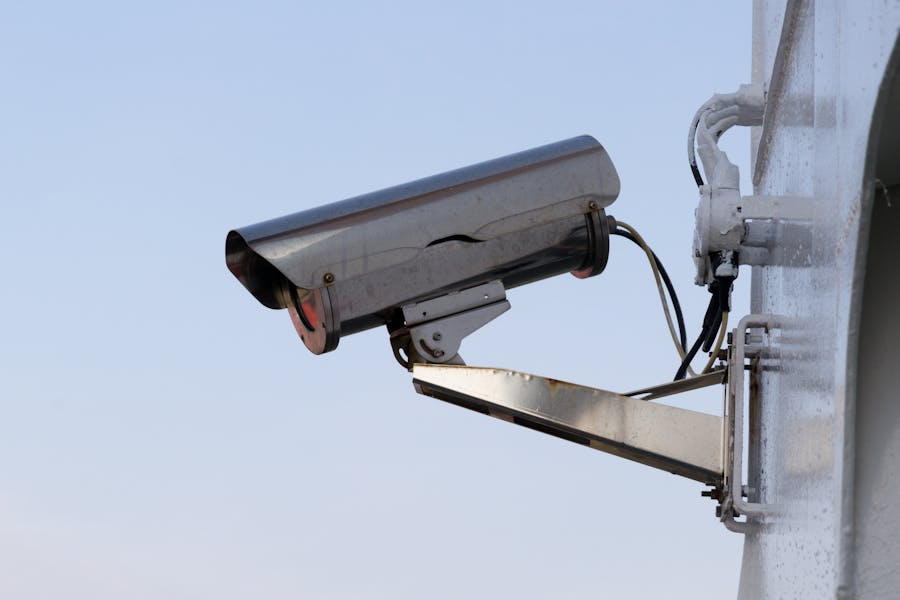
Those little Ring doorbells and security cameras you see everywhere these days? They’re not just catching package thieves anymore. They’re now star witnesses in murder trials.
Take the recent case making headlines in San Diego: Yolanda Marodi is charged with first-degree murder in the death of her wife, Cal Fire Captain Rebecca Marodi. At the center of the case is footage from their home security system that captured what prosecutors believe were Rebecca’s final moments alive. This case shows how your Ring camera might end up being more important in court than you ever imagined.
How Ring Camera Footage Can Transform a Criminal Case
In the Marodi case, what the cameras caught was chilling. The footage showed an apparent confrontation between the couple, with Rebecca desperately pleading, “Yolanda! Please… I don’t want to die!” Even worse for the defense, you can hear what sounds like Yolanda responding, “You should have thought of that before.”
As our firm’s founder David P. Shapiro told ABC 10News, “That Ring camera is pretty compelling, at least that Yolanda was responsible for the death, or at the very least that immediately preceding the death of Rebecca, that there was some sort of physical altercation between the spouses.”
When video like this shows up in court, it’s a game-changer because:
- It doesn’t forget or get confused: Unlike witnesses whose memories fade or change, video shows the same thing every time.
- It hits jurors right in the heart: Hearing a victim’s actual voice begging for their life impacts jurors in ways testimony alone never could.
- It puts events on a timeline: Time stamps don’t lie about when things happened (after verification by an expert).
- It can blow up someone’s story: When a defendant claims one thing but the video shows another, jurors notice.
Is Security Camera Footage Admissible in Court?
Security camera footage is generally admissible in court, but only if it clears a few key hurdles:
- It has to be relevant: The video needs to actually matter to your case.
- It needs to be authentic: Someone must verify that the footage is authentic and hasn’t been altered in any way.
- It should be the original (or a good copy): Courts prefer the original recording when possible.
- Someone needs to explain its background: Witnesses need to establish when and how the recording was made.
- It must be legally obtained: If the video was gathered illegally, it might get thrown out.
California courts usually let in surveillance footage if it passes these tests. Judges understand that seeing can be believing when it comes to evidence.
Is Video Evidence Enough to Convict?
So here’s the million-dollar question: Is video evidence enough to convict someone of murder? It could, but expanding the context of the situation can be critical in how the case resolves.
Even the most compelling footage lacks the full context needed to prove guilt beyond a reasonable doubt.
Think of video as just one piece of the puzzle. Prosecutors know this, which is why they’ll also look for:
- Forensic evidence like DNA and fingerprints
- Witnesses who can fill in the blanks
- Cell phone records showing where everyone was and who they were talking to
- Information about motive and prior history
- Expert opinions on things like cause of death
- Autopsy findings
In the Marodi case, that Ring footage is a prosecutor’s dream, but they’re not stopping there. As David Shapiro explained, “What we’ll see over time [includes] cell phone evidence, forensic searches of emails, of computers, of cell phones, of photos. Who, if anyone, Yolanda was speaking to before, during, and after she is alleged to have taken the life of her wife.”
How to Get Video Surveillance Thrown Out of Court
If you’re facing a case where video seems to hurt your defense, all is not lost. Good defense attorneys have several ways to potentially get video surveillance thrown out of court:
1. Attack Its Authenticity
Before accepting a video as evidence, the court needs to know it’s real. We can challenge this by asking:
- “Who else could access or edit this footage?”
- “Has this video been altered in any way?”
- “Was the camera working right that day?”
- “Are these timestamps correct?”
2. Follow the Video’s Journey
Just like physical evidence, video needs a documented “chain of custody.” If there’s a gap where nobody can account for who had the footage or what happened to it, we might get it tossed.
3. Challenge How It Was Obtained
If the police obtained the video without proper legal authority—like a warrant, when one was required—we can argue that the evidence is tainted and shouldn’t be allowed in court. This argument tends to be stronger when the footage comes from government-operated cameras rather than a neighbor’s Ring doorbell, but it’s still something worth investigating.
4. Point Out What’s Missing or Unclear
Grainy footage, clips that start too late or end too soon, or videos that don’t show the full picture can sometimes be excluded if they might mislead the jury.
5. Argue It’s Too Prejudicial
Under California Evidence Code § 352, even relevant evidence can be excluded if it’s going to unfairly prejudice the jury. Emotionally charged footage that shows violence or disturbing content might fall into this category if the value is outweighed by the danger of causing jurors to decide emotionally instead of based on the facts
The Limitations of Video Evidence
Even the best surveillance video isn’t perfect. Here’s what video often misses:
- It only shows one angle: Cameras only capture what’s in their view. What happened just off-camera could change everything.
- People see different things: Two people watching the same footage might interpret it completely differently.
- Quality issues: Bad lighting, low resolution, rain, or fog can make footage nearly useless.
- The before and after matter: What happened in the minutes before recording started or after it ended can completely change the story.
In the Marodi case, the Ring camera caught the outside confrontation with Rebecca’s desperate pleas, but it didn’t follow them inside the home where the final moments occurred. That gap is critical—it’s where a defense attorney might find room to tell an alternative story about what really happened.
When Video Evidence Conflicts With Self-Defense Claims
Self-defense claims become really tricky when there’s video evidence that seems to tell a different story. As David Shapiro pointed out about the Marodi case, “What we don’t like from a defense standpoint or what a defense attorney probably wouldn’t like would be the Ring camera where you have Rebecca Marodi pleading for her life. It doesn’t necessarily always reconcile with the viable self-defense argument.”
When we hear someone begging not to be killed, our natural reaction is to think self-defense is off the table. But good defense attorneys know there might still be ways to make the case:
- “The camera didn’t catch what happened 10 minutes earlier that started this”
- “My client was responding to threats or violence that happened before recording started”
- “What looks aggressive on camera was actually defensive in the moment”
Where We’re Headed With Video Evidence in Criminal Cases
As these cameras get cheaper and more common, expect them to show up in more and more cases. Here’s what’s coming:
- AI making bad footage better: Soon, blurry faces and dark videos will be enhanced with artificial intelligence.
- Your whole house will testify: Your Ring camera, Alexa, smart thermostat, and other devices will all combine data to create detailed timelines of events.
- Easier ways to prove video is real: New technology will make it simpler to verify footage hasn’t been tampered with.
- Courts catching up: Expect new legal standards as judges and lawmakers figure out how to handle all this new technology.
The Marodi case teaches us an important lesson: even the most dramatic video footage only shows pieces of the truth.
What happened before the camera started rolling? What happened inside where the camera couldn’t see? What was each person thinking and feeling in that moment?
These questions matter tremendously in court, and they’re why you need someone on your side who knows how to look beyond the footage. An experienced murder defense attorney knows that what the camera captured is just one part of your story.

